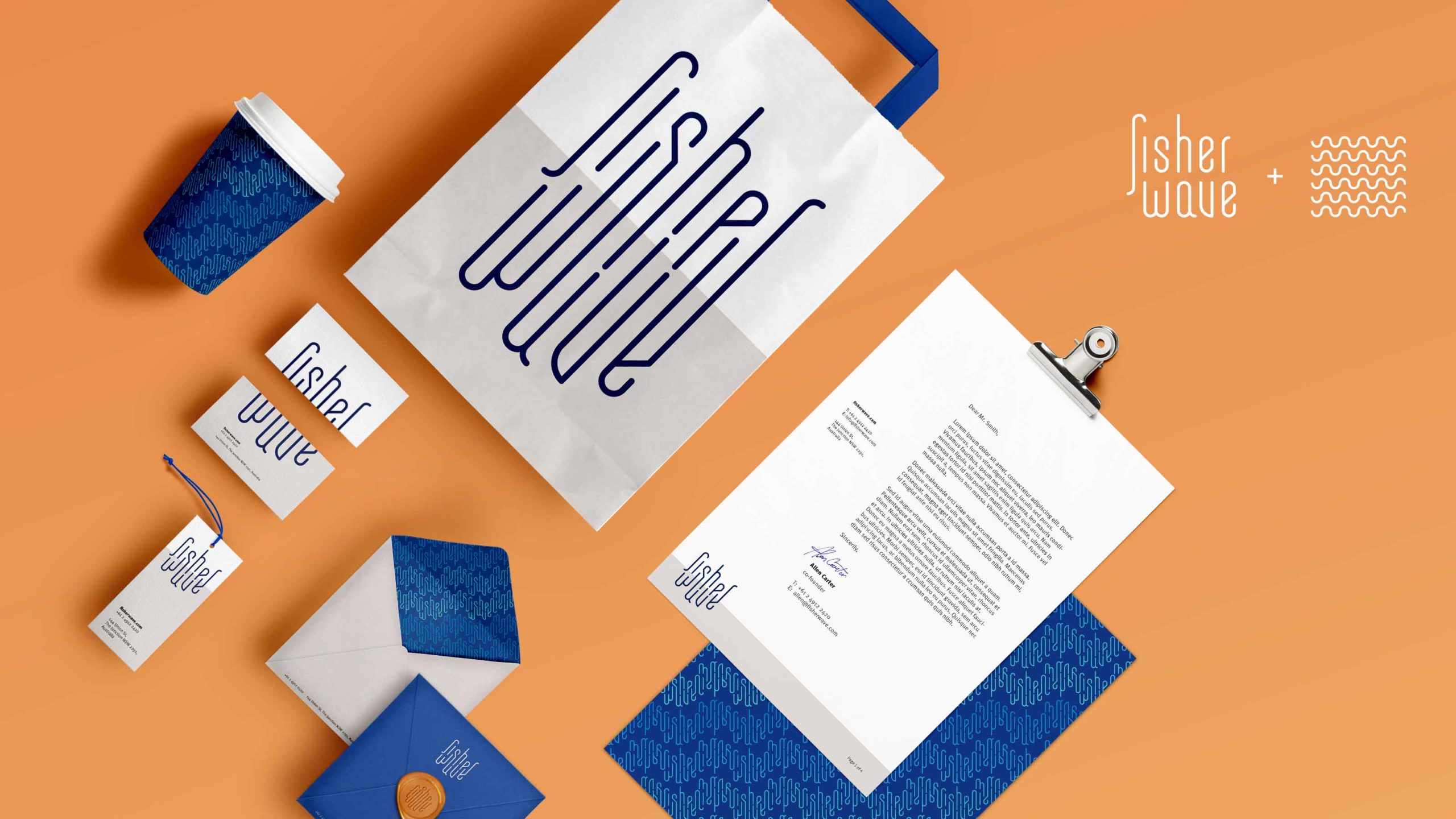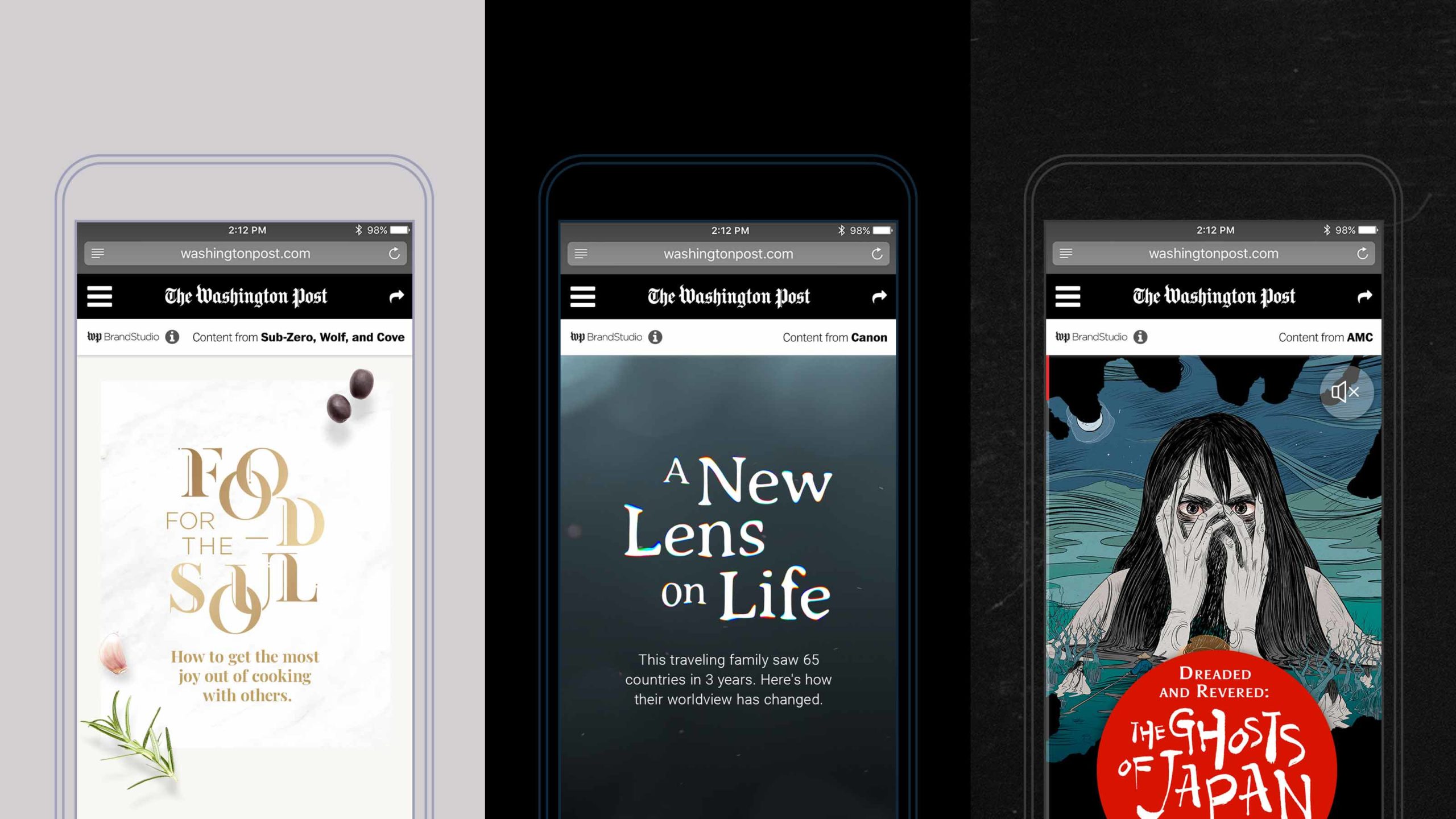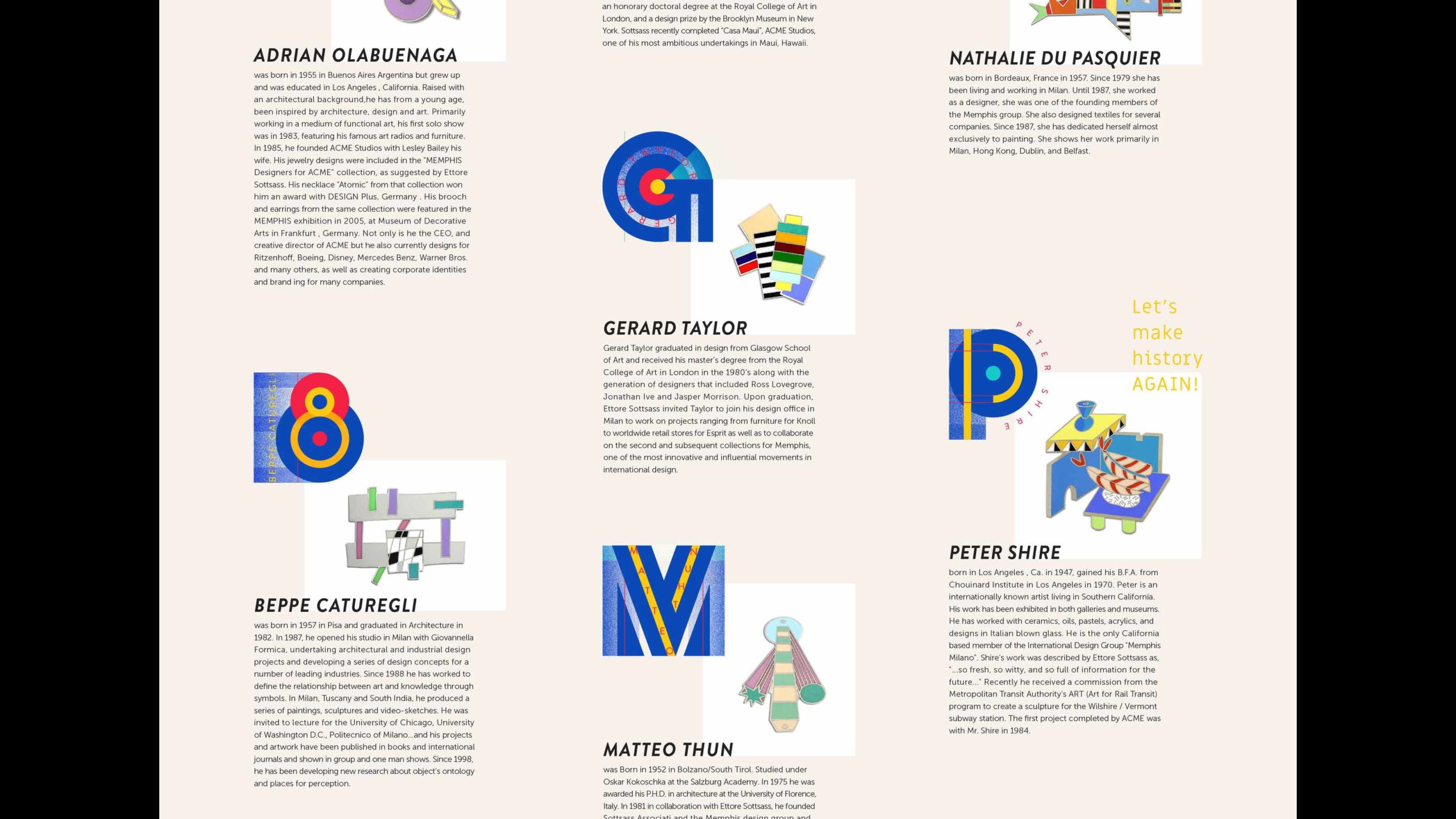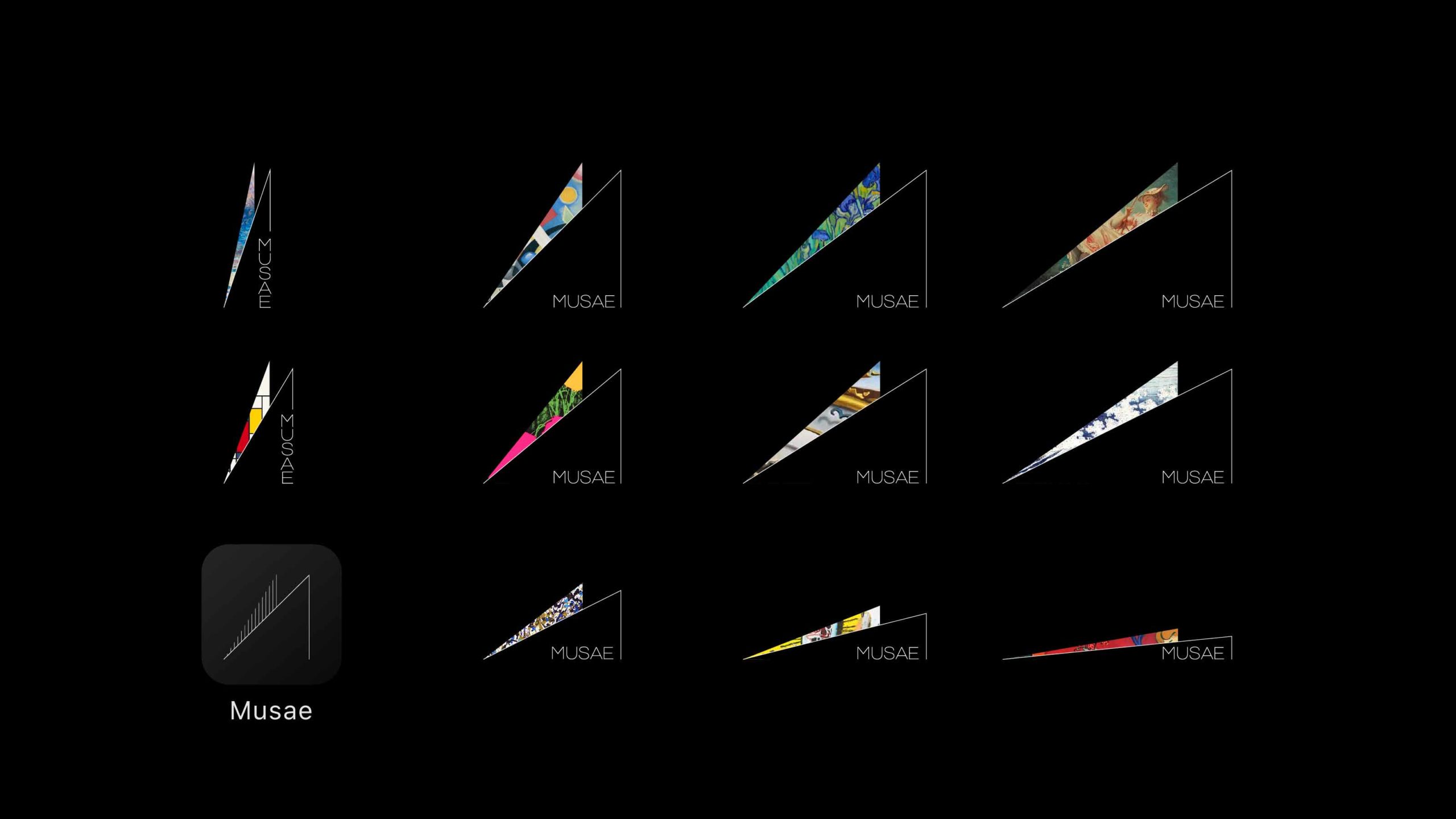Alumni Spotlight: Qiushuo Li
Qiushuo Li (MFAD ’16) is currently working for the WP BrandStudio, which belongs to The Washington Post. We asked her a few questions about the program, life after SVA and her current position at WP Brandstudio.
The studio itself can be regarded as an independent ad/brand agency that only works with outside clients. What we do is shape our clients’ brand stories into digital experiences. We operate independently from the editorial side of The Washington Post.
To be honest, after joining this company, I started to worry quite a bit since our projects have so much impact on society. Many of our clients are leading companies in the energy, technology, consulting, finance, insurance, government industries. Though my work looks insignificant, the data shows that design can increase the time spent and page views. In other words, design helps to amplify the impact of those leading companies. Now, I keep asking myself: what are the responsibilities that designers should take for the idea they are spreading?
My favorite project would definitely be The Ghosts of Japan, which is our project for the release of the hit-TV show The Terror (Season II). While it was such an engaging and fascinating experience to work with such a complex topic, it was also a huge challenge for me to art direct.
The project came in with a super tight timeline—less than half of the usual time it takes us to execute something of those proportions. This means that I had to act quickly to manage the budget, workload, risks. I coordinated the illustrator (Nicolás Castell) and the developers, trying to reach the fastest execution time with the most thrilling experience. There were frustrating moments, of course, such as when the client feedback got delayed, which resulted in working extra hours and having to simplify the design. However, the result turned out to be outstanding. From this project, I strongly believe that design is not only about providing the best experiences for audiences, but also about how to win the “game” with limited resources in a real business environment.
I enjoy enriching myself through different disciplines, such as ceramics, perfumery, indoor gardening, and various outdoor activities. I can’t definitely say there is a direct link between these activities and my design ability, but they shape me into who I am. I guess all creative people are born with a huge appetite for exploring different disciplines. In the future, I want to learn more about architecture, jewelry design, psychology, philosophy
As a professional, I challenge myself to bring my unique qualities and values to work instead of settling for a routine. For example, when time allows it, I love to create custom fonts or animation effects for my projects, such as with Food for the Soul.
What design trends do you love?
My advice for incoming students is: GO CRAZY, challenge the instructors. You won’t have as many chances to do so as an employee.
My favorite part of MFA Design was being surrounded by the top designers and design works. If I had one more chance at the MFAD, I would have interacted more with the designers I met through the program. I felt my knowledge was pretty limited when I entered the program, and I wish I asked more questions.
I also like that this program is highly practical in the real business world. It gave me the ability to manage multiple projects under pressure and to realize that as a designer I also need soft skills besides design.
What impact has SVA MFA Design had on your career?
First of all, I experienced a huge cultural impulse and inspiration from living and studying abroad. In NYC, people care about what’s going on, not only around them but also around the world, and fight for what they believe in. Influenced by this tide, I began to concern myself with and care more about the environment, social problems, the changes brought by new technologies, and even topics like human destiny and where we are headed as a species. The systems-thinking I learned at MFA Design also enables me to see issues from different angles and scales.
An open mind is another thing that I got from the program. Before studying in NYC, I was super critical of the “careless” art and design; I didn’t quite understand the value of making mistakes. However, in school, everyone was super tolerant. Instead of being picky, my fellow students focused more




